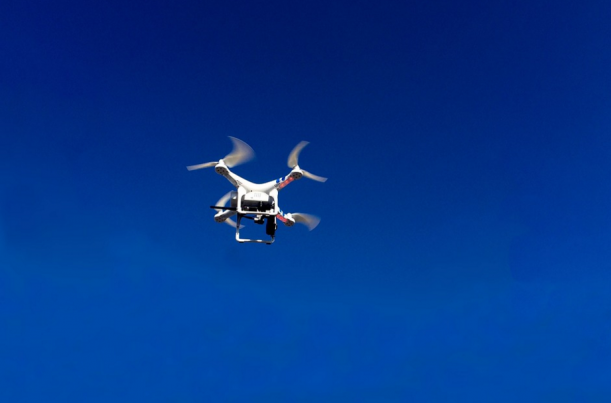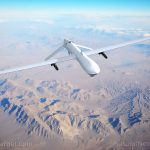
Not on my property: New bill would allow landowners to shoot drones
Friday, April 07, 2017 by Jayson Veley
http://www.privacywatch.news/2017-04-07-not-on-my-property-new-bill-would-allow-landowners-to-shoot-drones.html

It used to be that the words “get off my lawn” meant to physically pick yourself up and walk far enough away to where your feet no longer touched the property. Now, however, due to advancements in technology, the term “property” refers to both horizontal space and vertical space. The development and use of unmanned drones, which can be used by practically anyone from the Central Intelligence Agency to an average citizen half a mile away, has forced people and lawmakers to consider not only the space to their left and right, but also the space above their heads.
In Oklahoma, for instance, State Senator Ralph Shorty has proposed legislation that would allow citizens to shoot down unmanned drones flying above their property without any civil liability. The legislation is in response to a number of situations that have occurred across the country whereby people have trapped or shot down drones that they thought were flying over their heads.
The language of the bill makes it very clear that those who damage or destroy a drone that is located within their airspace will not face any legal consequences. It states:
Any person owning or controlling real estate or other premises who voluntarily damages or destroys a drone located on the real estate or premises or within the airspace of the real estate or premises not otherwise regulated by the Federal Aviation shall, together with any successors in interest, if any, not be civilly liable for cause the damage or destruction to the property of such person.
As of right now, American law does not speak to the invasion of airspace, primarily because drones are still a relatively new technology. However, in the year 1946, years before anyone could purchase an inexpensive drone and use it for recreational purposes, the Supreme Court actually addressed this issue in the case of United States v. Causby. In this case, the Court ruled that a North Carolina farmer could invoke private property rights for up to 83 feet in the air.
The biggest hurdle for this legislation moving forward is the Federal Aviation Administration, which claims jurisdiction over all airspace, regardless of whether or not that space is above someone’s home or lawn. Additionally, the FAA has laws that prohibit the shooting down of aircraft, and drones happen to fall under that category. According to FAA spokesman Les Dorr, “The FAA is responsible for the safety and management of US airspace from the ground up.” (RELATED: Unmanned spy planes are being launched from various states across the country).
With regards to the legislation proposed in Oklahoma, Dorr offered some specific advice and safety considerations. “A private citizen shooting at any aircraft… poses a significant safety hazard,” he said in an email. “An unmanned aircraft hit by gunfire could crash, causing damage to persons or property on the ground.”
The issue of drones flying over personal property has also been addressed in ways that don’t necessarily involve congressional legislation. Last month, OpenWorks Engineering announced the development of a new anti-drone technology called SkyWall, which basically resembles a bazooka and is capable of trapping the small, unmanned aircraft in nets. Once trapped in the net, the drone is rendered immobile. (RELATED: Read about a new campaign called the Personal Drone Detection System).
According to one of OpenWork’s brochures, the net-casting SkyWall has three variants on the system, including the shoulder-mounted SkyWall 100, the stand-mounted SkyWall 200, and the SkyWall 300, which is positioned on a mechanical turret. While this may make you want to stop what you’re doing and do a quick search on Amazon, you should know that right now it is only available to law enforcement, and there are no signs that it will be released to the public anytime soon.
Sources:
Tagged Under: Tags: drones, legislation, politics, technology, unmanned drones





